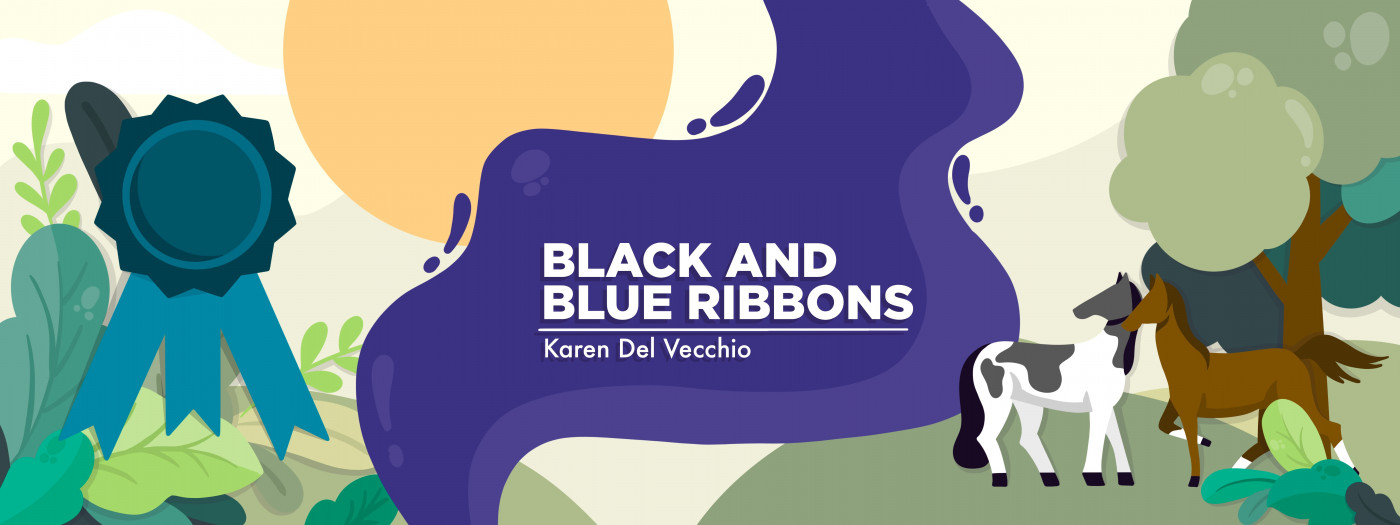Learning how to manage EDS dietary restrictions while traveling
Handling meals when you have allergies and Ehlers-Danlos syndrome symptoms

I’m preparing for a work conference, and for such events my dietary restrictions are a new element I have to consider carefully. Between the general food sensitivities that come with my Ehlers-Danlos syndrome (EDS) and being diagnosed with alpha-gal syndrome, a tick-borne disease that makes me allergic to all mammalian products and their derivatives, eating out can be tricky. That gets even harder when I don’t get to choose a restaurant or item, as often happens at conferences with set menus.
Even though most registration forms ask about dietary restrictions or preferences, in my experience they’re frequently not accommodated. For about half the meals at the last big event I attended, little to no effort was given to ensure I had something safe to eat. It’s frustrating, especially when I’m in a group setting where I pretty much can’t go out on my own to find something that works instead.
Sometimes places and people are wonderfully helpful, but other times my needs slip under the radar. I’ve never felt it was done out of malice; it probably falls by the wayside in the chaos of planning. The other layer is that if someone’s speaking during the meal, the last thing I want to do is draw attention and distract from their presentation by trying to figure out my meal.
In an effort to make things straightforward, I usually just say that I eat vegan. People know what that is, there may be others who’ll eat it, and I don’t have to explain what I can and can’t eat and why. I find that I need to plan to make sure I’ll have options and feel good about what I have to eat.
I’ve also found that for eating out, the VeggL app is great. The basic version, which is free, provides information on how to eat vegan at over 350 places. The app not only gives you options that may be “accidentally vegan,” meaning they weren’t designed that way or aren’t labeled as such, but it also tells you how to substitute items so that the meals are vegan. It’s a super helpful app to have when I’m out and about.
Unfortunately, that plan doesn’t work in a conference-style environment, where what should be straightforward is rather stressful instead. Trying to plan around what I can and can’t eat is a whole new layer of dealing with EDS while traveling — in addition to feeling tight and sore after sitting for hours in a car. I tend to feel my best when I’m active.
I’m hopeful, however, that pretty soon I’ll feel like a pro at managing my food, in the same way I’ve learned travel tricks that help keep my body in the best shape possible. I’ll let everyone know how it goes.
Note: Ehlers-Danlos News is strictly a news and information website about the disease. It does not provide medical advice, diagnosis, or treatment. This content is not intended to be a substitute for professional medical advice, diagnosis, or treatment. Always seek the advice of your physician or another qualified health provider with any questions you may have regarding a medical condition. Never disregard professional medical advice or delay in seeking it because of something you have read on this website. The opinions expressed in this column are not those of Ehlers-Danlos News or its parent company, Bionews, and are intended to spark discussion about issues pertaining to Ehlers-Danlos.







Michelle
I'm glad you have found a system that works for you. My EDS and dietary issues are different. I can't eat cabbage, corn, quinoa, gluten, I don't eat soy much so no tofu. We're going to be traveling this summer and the venue had the ability for me to say GF and DF but no place to list other food sensitivities. There is no simple answer for this and speaking up, even if it's during a keynote is important. A volunteer group I work with recently served an entire meal I could not eat. There was nothing but iceberg lettuce and cucumbers that were safe for me to eat. I walked out. The next email about an event that they would be serving food at had info for how to let them know about dietary needs. We can't always make ourselves smaller, sometimes we need to speak up.
Mischa Brown
This is a real issue, so I usually either bring things that I can eat with me, at least to supplement the one or two things that I might be able to get away with eating, or simply eat beforehand. This works for conferences, restaurants and eating with friends and family. I try to emphasize that the most important thing to me is to be there, taking in the information, or spending time with loved ones, and that I would prefer that they don’t have to worry about what I eat. I do everything I can to keep from getting hangry. If I know where we’ll be going out, I try to call ahead and see if I can speak with someone who can take care of some basic accommodations, I/E: plain chicken, plain white rice and veggies cooked with olive oil and salt… something like that.